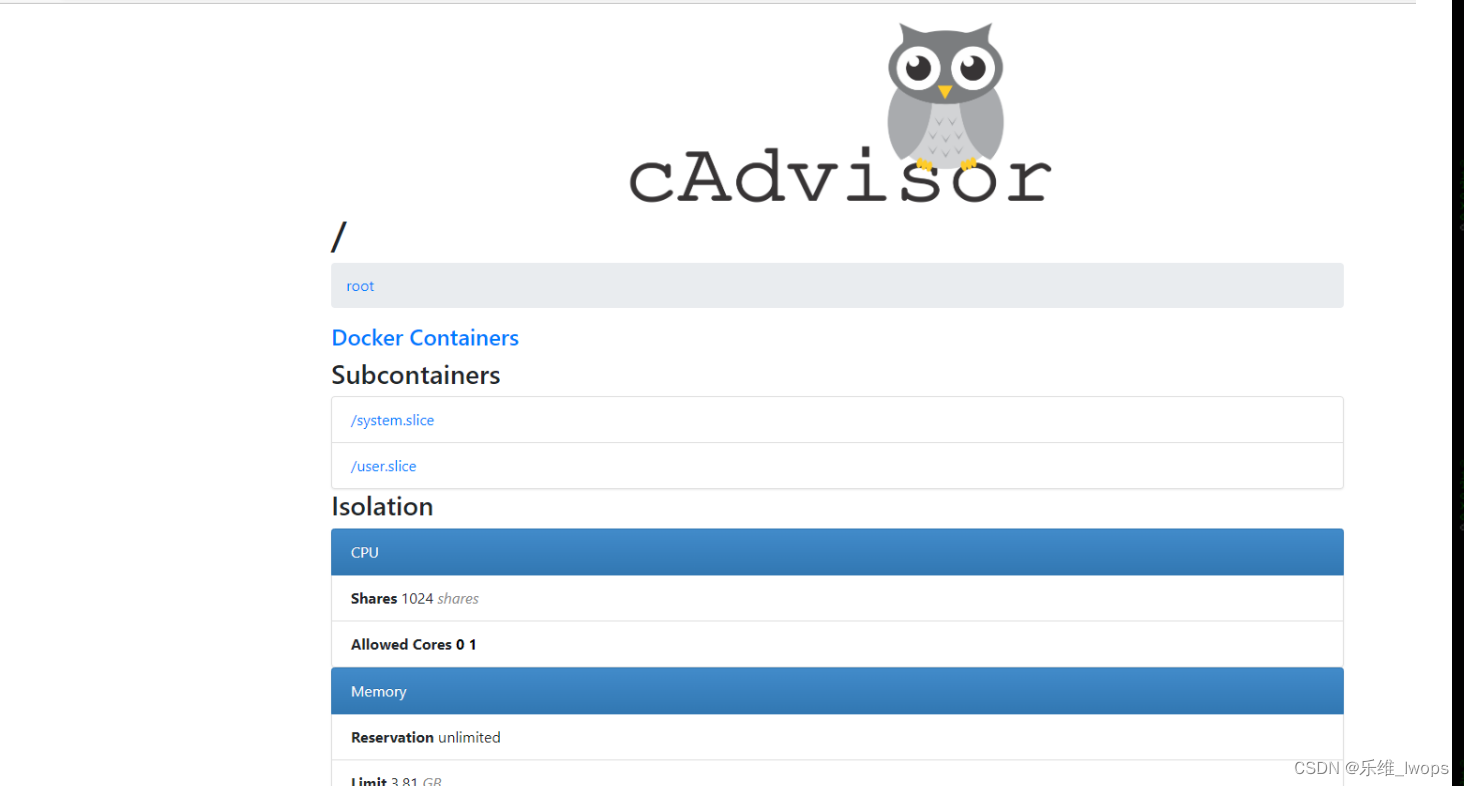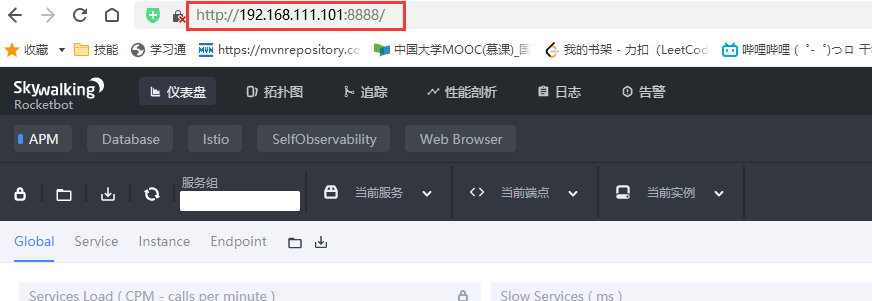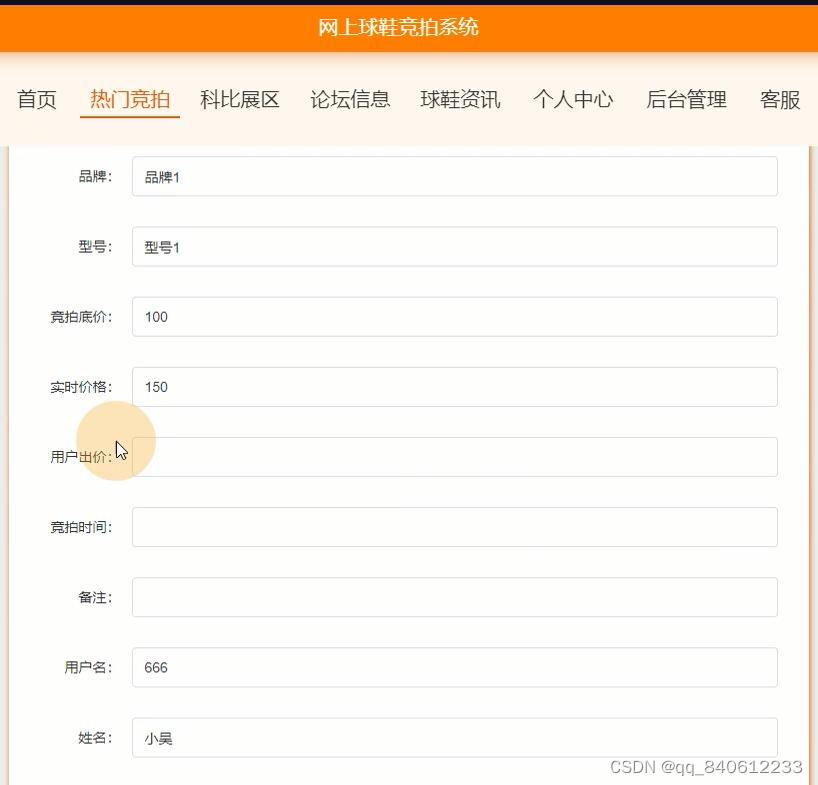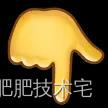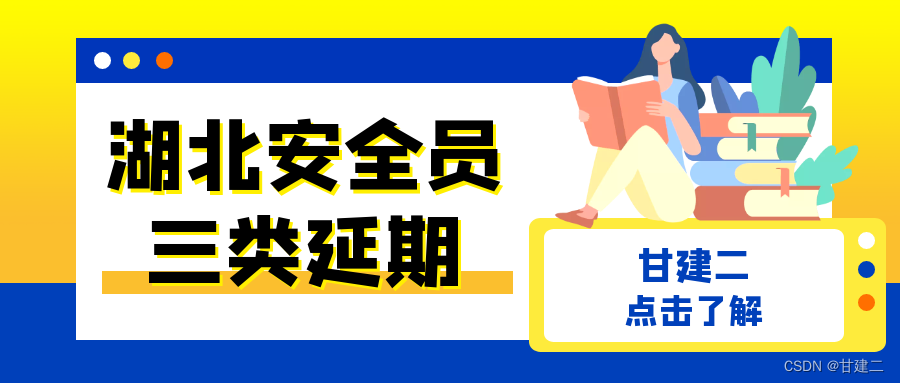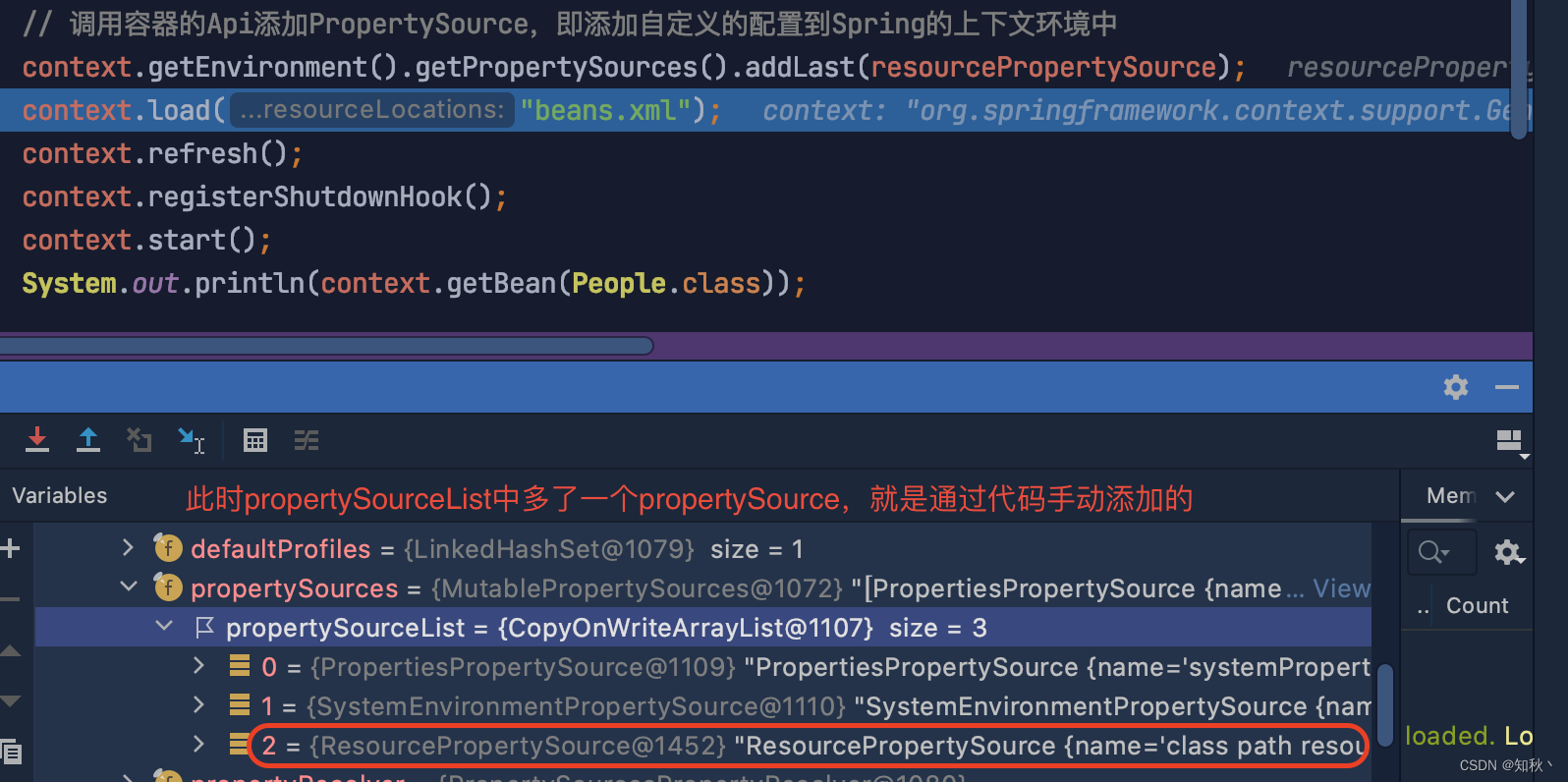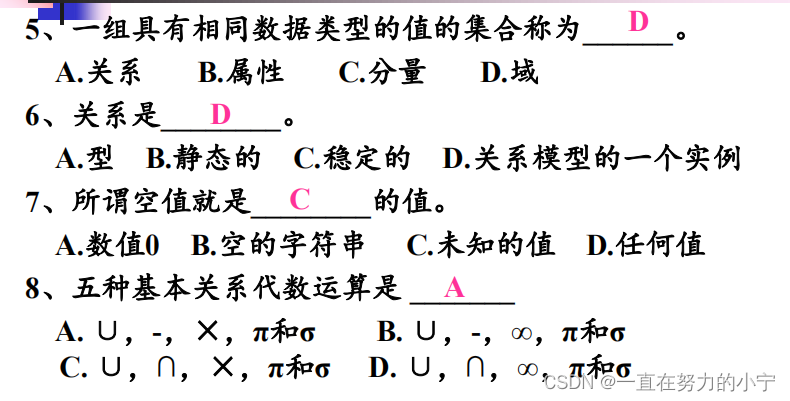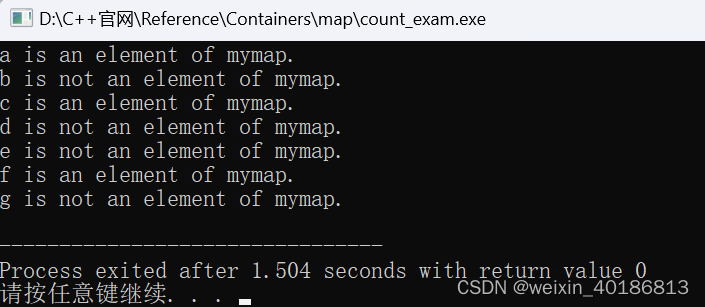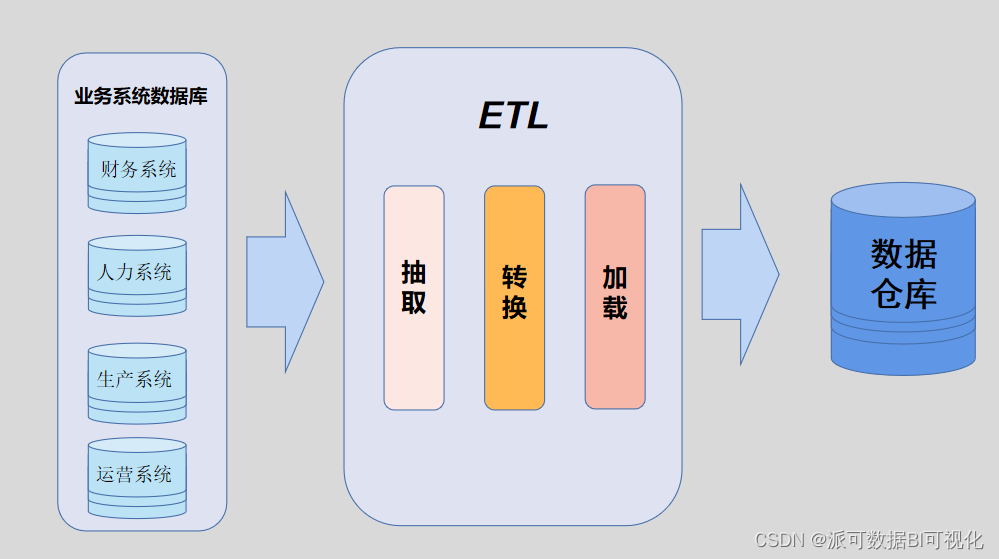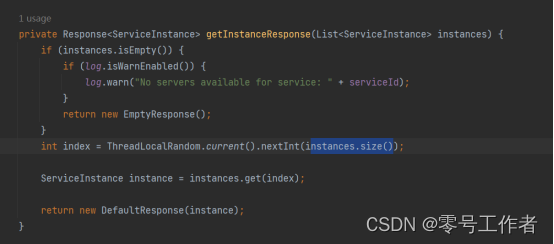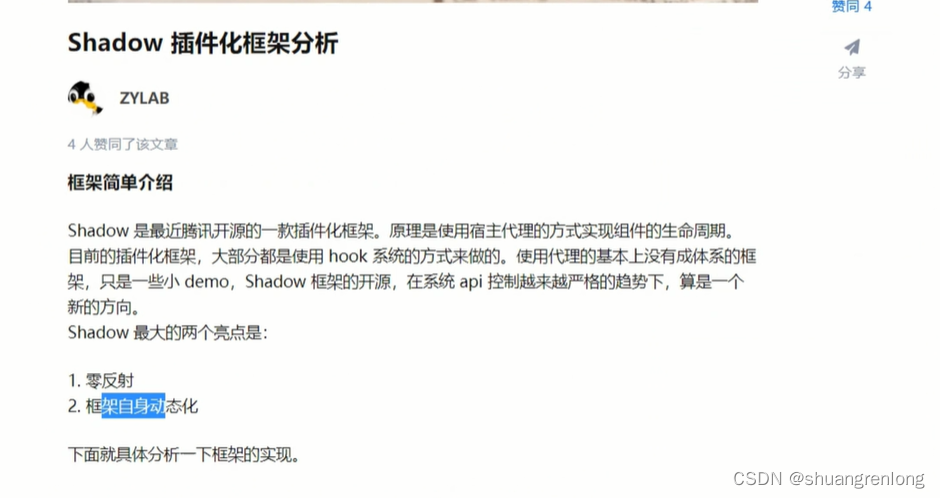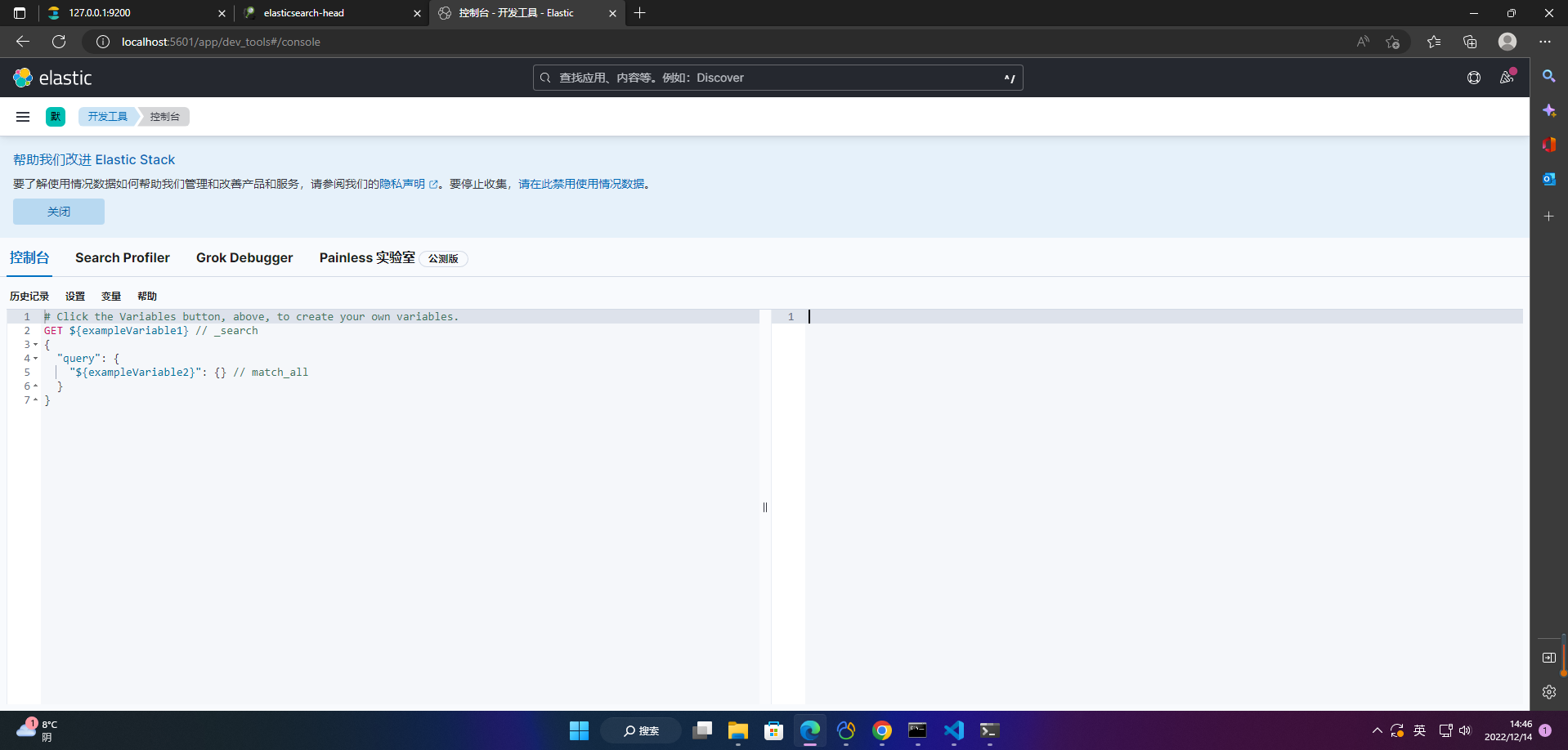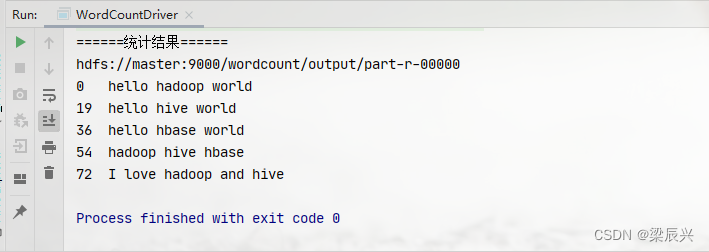ControlTemplate、Trigger与Storyboard
ControlTemplate通常用在Style中,Trigger通常作为ControlTemplate的一部分,StoryBoard表示动画效果,下面将通过对Button按钮设置这几项来简单说明这几项的用法。
在MainWindow中添加一个Button按钮;在Window段添加resource段,并在其中添加一个Style:
<Window x:Class="WpfControlTemplateTest.MainWindow"
xmlns="http://schemas.microsoft.com/winfx/2006/xaml/presentation"
xmlns:x="http://schemas.microsoft.com/winfx/2006/xaml"
xmlns:d="http://schemas.microsoft.com/expression/blend/2008"
xmlns:mc="http://schemas.openxmlformats.org/markup-compatibility/2006"
xmlns:local="clr-namespace:WpfControlTemplateTest"
mc:Ignorable="d"
Title="MainWindow" Height="450" Width="800">
<Window.Resources>
<ResourceDictionary>
<Style TargetType="Button">
<Setter Property="Width" Value="100"></Setter>
<Setter Property="Height" Value="40"></Setter>
<Setter Property="Background" Value="LightGreen"></Setter>
<Setter Property="BorderThickness" Value="0"></Setter>
<Setter Property="Foreground" Value="White"></Setter>
</Style>
</ResourceDictionary>
</Window.Resources>
<Grid>
<Button Name="btn1" Content="btn1"></Button>
</Grid>
</Window>
此时的显示效果是这样的:
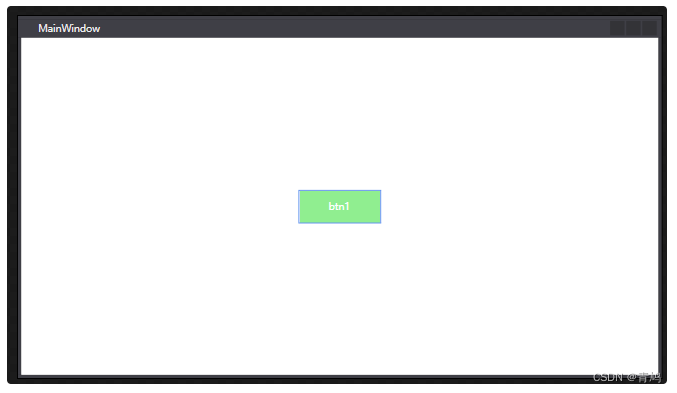
按钮样式改变了很多,但是很多时候我们都需要圆角按钮,为了让按钮变成圆角,我们需要设置按钮的Template属性。将下面的setter添加到我们的style中即可。
<Window x:Class="WpfControlTemplateTest.MainWindow"
xmlns="http://schemas.microsoft.com/winfx/2006/xaml/presentation"
xmlns:x="http://schemas.microsoft.com/winfx/2006/xaml"
xmlns:d="http://schemas.microsoft.com/expression/blend/2008"
xmlns:mc="http://schemas.openxmlformats.org/markup-compatibility/2006"
xmlns:local="clr-namespace:WpfControlTemplateTest"
mc:Ignorable="d"
Title="MainWindow" Height="450" Width="800">
<Window.Resources>
<ResourceDictionary>
<Style TargetType="Button">
<Setter Property="Width" Value="100"></Setter>
<Setter Property="Height" Value="40"></Setter>
<Setter Property="Background" Value="LightGreen"></Setter>
<Setter Property="BorderThickness" Value="0"></Setter>
<Setter Property="Foreground" Value="White"></Setter>
<!--添加的代码-->
<Setter Property="Template">
<Setter.Value>
<ControlTemplate TargetType="Button">
<Grid>
<Border CornerRadius="10" Background="LightGreen"></Border>
<!--注意这里-->
<ContentPresenter
Content="{TemplateBinding Content}"
HorizontalAlignment="{TemplateBinding HorizontalContentAlignment}"
Margin="{TemplateBinding Padding}"
VerticalAlignment="{TemplateBinding VerticalContentAlignment}"
/>
</Grid>
</ControlTemplate>
</Setter.Value>
</Setter>
<!--到此为止-->
</Style>
</ResourceDictionary>
</Window.Resources>
<Grid>
<Button Name="btn1" Content="btn1"></Button>
</Grid>
</Window>
现在的显示效果:
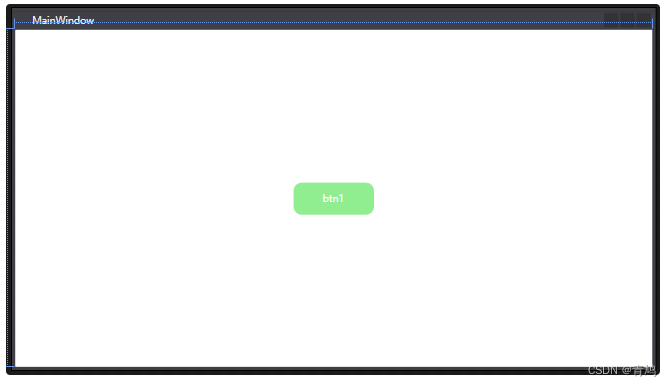
通过使用ControlTemplate,可以定制化控件的模板样式。
- WPF给我们提供了一个ContentPresenter,它的作用就是把原有模板的属性原封不动的投放到自定义模板中。
Trigger通常在ControlTemplate中定义,用来实现Hover、Press等效果。
比如,我们希望btn1在hover时,width变为200,(翻译成人话:鼠标悬停在按钮上的时候,按钮长度变为200)则可以在ControlTemplate段中添加下面代码:
<Window x:Class="WpfControlTemplateTest.MainWindow"
xmlns="http://schemas.microsoft.com/winfx/2006/xaml/presentation"
xmlns:x="http://schemas.microsoft.com/winfx/2006/xaml"
xmlns:d="http://schemas.microsoft.com/expression/blend/2008"
xmlns:mc="http://schemas.openxmlformats.org/markup-compatibility/2006"
xmlns:local="clr-namespace:WpfControlTemplateTest"
mc:Ignorable="d"
Title="MainWindow" Height="450" Width="800">
<Window.Resources>
<ResourceDictionary>
<Style TargetType="Button">
<Setter Property="Width" Value="100"></Setter>
<Setter Property="Height" Value="40"></Setter>
<Setter Property="Background" Value="LightGreen"></Setter>
<Setter Property="BorderThickness" Value="0"></Setter>
<Setter Property="Foreground" Value="White"></Setter>
<Setter Property="Template">
<Setter.Value>
<ControlTemplate TargetType="Button">
<Grid>
<Border CornerRadius="10" Background="LightGreen"></Border>
<ContentPresenter
Content="{TemplateBinding Content}"
HorizontalAlignment="{TemplateBinding HorizontalContentAlignment}"
Margin="{TemplateBinding Padding}"
VerticalAlignment="{TemplateBinding VerticalContentAlignment}"
/>
</Grid>
//添加的代码
<ControlTemplate.Triggers>
<Trigger Property="IsMouseOver" Value="True">
<Setter Property="Width" Value="200"></Setter>
</Trigger>
</ControlTemplate.Triggers>
//到此为止
</ControlTemplate>
</Setter.Value>
</Setter>
</Style>
</ResourceDictionary>
</Window.Resources>
<Grid>
<Button Name="btn1" Content="btn1"></Button>
</Grid>
</Window>
运行后的悬停前、悬停后效果对比:
此时,如果想为按钮的变化添加动画效果,就需要设置Storyboard。我们需要将ControlTemplate.Triggers段替换为如下代码:
<ControlTemplate.Triggers>
<Trigger Property="IsMouseOver" Value="True">
<Trigger.EnterActions>
<BeginStoryboard>
<Storyboard>
<DoubleAnimation Storyboard.TargetProperty="Width" To="200" Duration="0:0:0.15"></DoubleAnimation>
</Storyboard>
</BeginStoryboard>
</Trigger.EnterActions>
<Trigger.ExitActions>
<BeginStoryboard>
<Storyboard>
<DoubleAnimation Storyboard.TargetProperty="Width" To="100" Duration="0:0:0.1"></DoubleAnimation>
</Storyboard>
</BeginStoryboard>
</Trigger.ExitActions>
</Trigger>
</ControlTemplate.Triggers>
这里的DoubleAnimation指的是数字变化的动画,若需要颜色变化,则需要ColorAnimation。DoubleAnimation的Duration属性是一个时间,分别被设置了0.15秒和0.1秒。
运行效果:
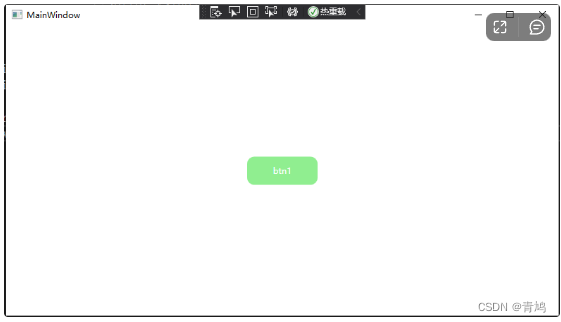
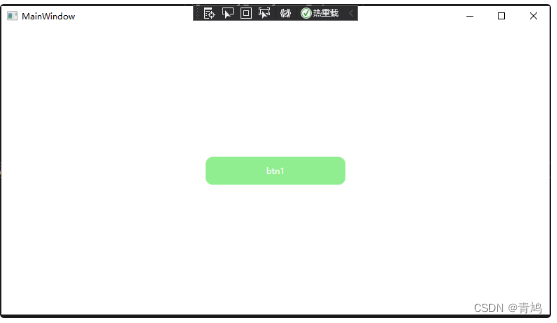
此时,如果想为按钮的变化添加动画效果,就需要设置Storyboard。我们需要将ControlTemplate.Triggers段替换为如下代码:
<ControlTemplate.Triggers>
<Trigger Property="IsMouseOver" Value="True">
<Trigger.EnterActions>
<BeginStoryboard>
<Storyboard>
<DoubleAnimation Storyboard.TargetProperty="Width" To="200" Duration="0:0:0.15"></DoubleAnimation>
</Storyboard>
</BeginStoryboard>
</Trigger.EnterActions>
<Trigger.ExitActions>
<BeginStoryboard>
<Storyboard>
<DoubleAnimation Storyboard.TargetProperty="Width" To="100" Duration="0:0:0.1"></DoubleAnimation>
</Storyboard>
</BeginStoryboard>
</Trigger.ExitActions>
</Trigger>
</ControlTemplate.Triggers>

